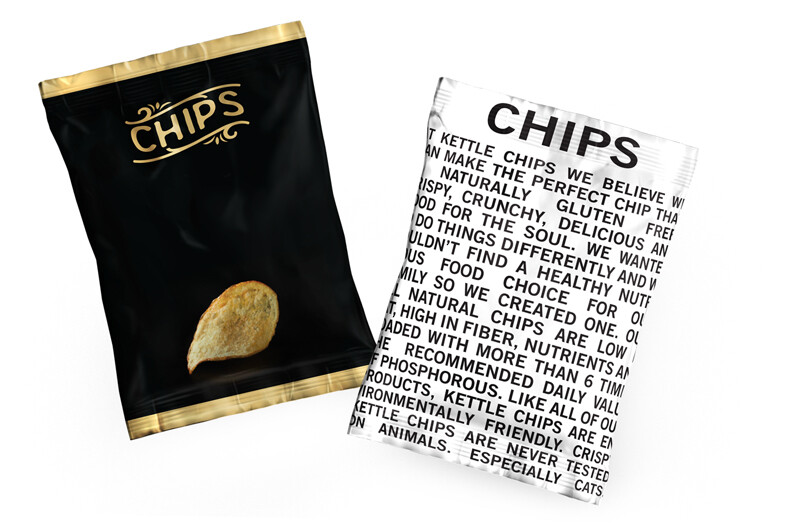Quantifying Quality
Quality or Price?
Quantifying Quality
Balancing quality with value is an endless struggle for small or ‘boutique’ marketing and design firms. Possibly one of the most difficult creative-based choices a company must face: quality or price? Not only does this question apply within a product or service point of view, but also from a brand message or appearance stand point. With modern technologies and services, there are so many do it yourself, or ready-made solutions out there, all promising a cutting-edge design and functionality for web presence, print ad, in house software or presentational materials. Some of these designs and capabilities are actually pretty amazing looking… at first glance. So, our first instinct as business owners faced with this choice is to accept the pre-made creation because it looks like a quality piece of marketing, but is priced to sell in volume.
However, if you take the time to really look at a lot of these solutions, you’ll find most of them are rather low in quality. Many of them, take pre-made website themes for example, are designed specifically for the placeholder content and sample data that is in the demo. When you fill the segments with your content you will start to notice the short comings there. A higher quality website would have been built around your brand, and customized for your appearance and message. Still, is it worth the difference in price? Well, that is a question that you really must ask yourself. Is your company just looking to make the fastest dollar it can or are you interested in building and fortifying a strong position and meaningful relationships? Even if you are okay with being known as a ‘cheap & dirty’ provider (someone should fill that niche), you might still want your own marketing and image to represent capability, knowledge and industry expertise. Retailers and manufacturers in the apparel and fashion industries often talk about how innovative and modern their products are. Straying from that innovation by releasing pre-made or ready to wear marketing or using scotch-taped trend boards in sales meetings, fax machines or outdated software to fulfill orders belies your boasts about your products.
Ready to Wear marketing is priced to sell but seems cold without customization
The Bottom Line
Quantifying Quality
A custom web developer, expert marketing design, custom-ordered presentational materials can all leave a positive impact on customers and buyers, but is it possible to quantify that value? The cost to have an impressive presentation put together (and by that we mean that PowerPoint never came near it), might be a few hundred to a few thousand dollars or more if you want to really win a sale by offering beautiful catalogs or lookbooks, maybe some designer chocolates and a few live models. That same presentation, carried out by your salesman’s assistant with a few quick renderings from the CAD department and a handful of uncopyrighted images from Google could carry a preparation cost of less than your typical office supplies budget for the week. If a sale is made at the presentation, or the client relationship strengthened, can you attribute the success or failure to the quality of your materials, the recognition of your effort or lack thereof? Even being bold enough to ask your client point blank, what did they like or dislike about your presentation might yield inaccurate data.
This same scenario can be played out through business to consumer relationships, via social media, e-commerce, in-store marketing, television campaigns, roadside signage and printed ads. Did any one ad or venue serve to strengthen a customer relationship? There are all sorts of metrics, surveys, techniques and tricks to measure the accuracy or value of any given ad or touchpoint, but if the target audience senses an inconsistency, or gets a feel for the brand’s knowledge and representation of the commodity, all those metrics fall short of that invisible sentiment. A television commercial or a catalog might result in a measurable, solid, sale. Or, they might serve to strengthen a bond with an audience, resulting in a less measurable, trust. Customers who trust their brand become advocates, extolling its virtues to those outside your common audience. In a B2B presentation, swaying every young buyer’s assistant in the room but not making a single sale might pay out better, in the long run, than boring everyone to tears but using tradition and comradery to win over the lead buyer.
Despite various tools and techniques, despite the level of technology, fast-marketing and trending terms, quantifying the value of underlying quality in your market approach is imprecise at best. From my own experience, if I notice that a technology company uses prefab web platforms to market themselves, I have to ask myself, what do they know about their industry? If a restaurant serves pre-cooked food, no matter what else they do, you just can’t see them as gourmet. If you’re in the business of selling sexiness, consider a couture presentation. You don’t have to hire us to help with marketing, packaging, presentations or web presence, but you should talk to a specialist in your industry.
- Upselling and Cross-Selling Infographic - November 28, 2017
- Share Like you Mean It - August 22, 2017
- Not Short for Apples - July 13, 2017
Related Articles
You Made This and No One Cares
Art,Personal Development,Communication,Design
March 27, 2017
0 Comments6 Minutes


